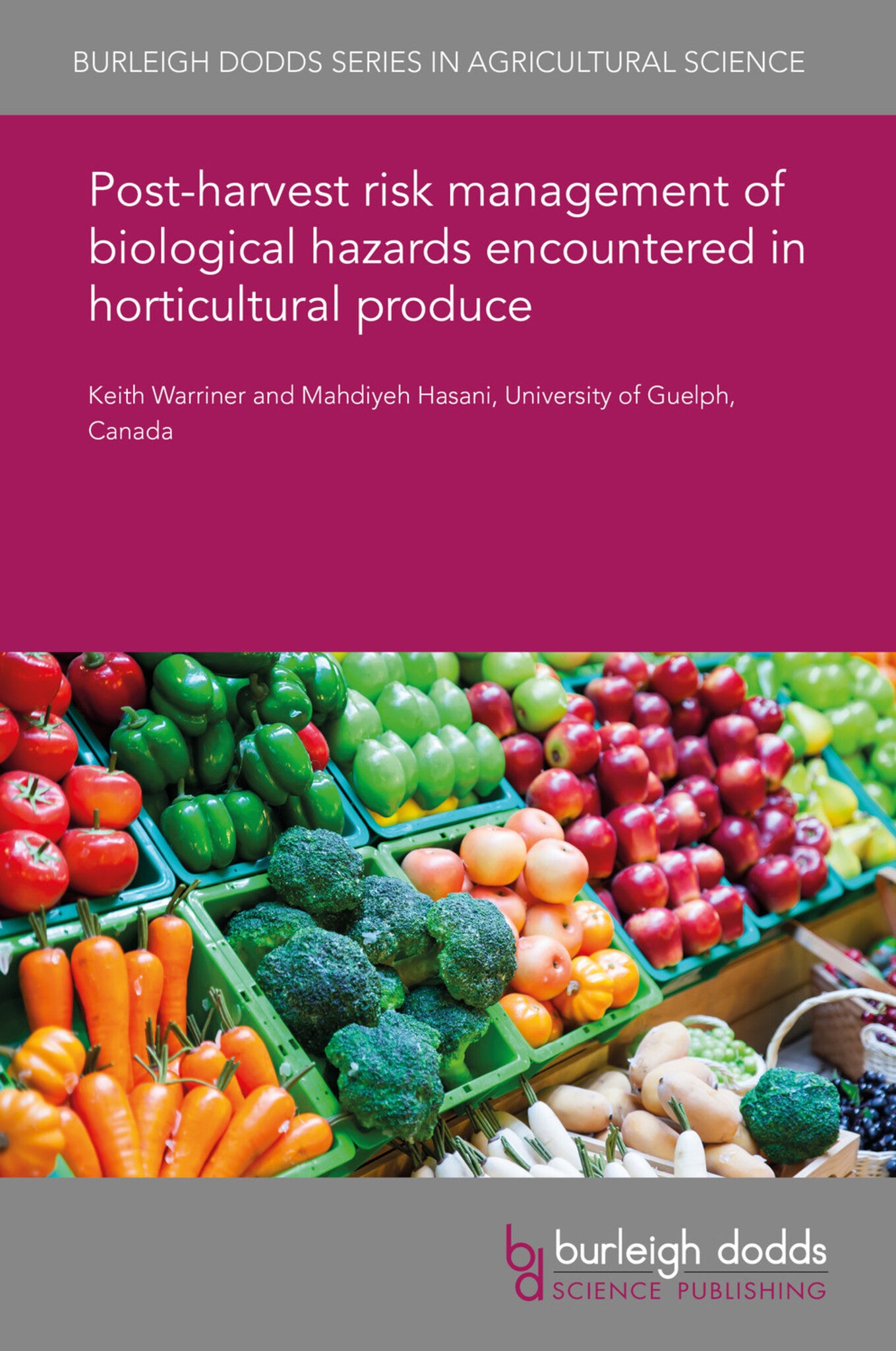We're sorry. An error has occurred
Please cancel or retry.
Post-harvest risk management of biological hazards encountered in horticultural produce

Some error occured while loading the Quick View. Please close the Quick View and try reloading the page.
Couldn't load pickup availability
- Format:
-
20 January 2020


TECHNOLOGY & ENGINEERING / Agriculture / Sustainable Agriculture, Commercial horticulture, TECHNOLOGY & ENGINEERING / Agriculture / Agronomy / Crop Science, Sustainable agriculture, Agronomy and crop production

1 Introduction 2 Foodborne illness outbreaks linked to fresh produce 3 Sources of human pathogens in post-harvest operations 4 Risk assessment 5 Risk management of post-harvest fresh produce 6 Case study: validation of post-harvest interventions using Response Surface Methodology 7 Future trends and conclusion 8 Where to look for further information 9 References



